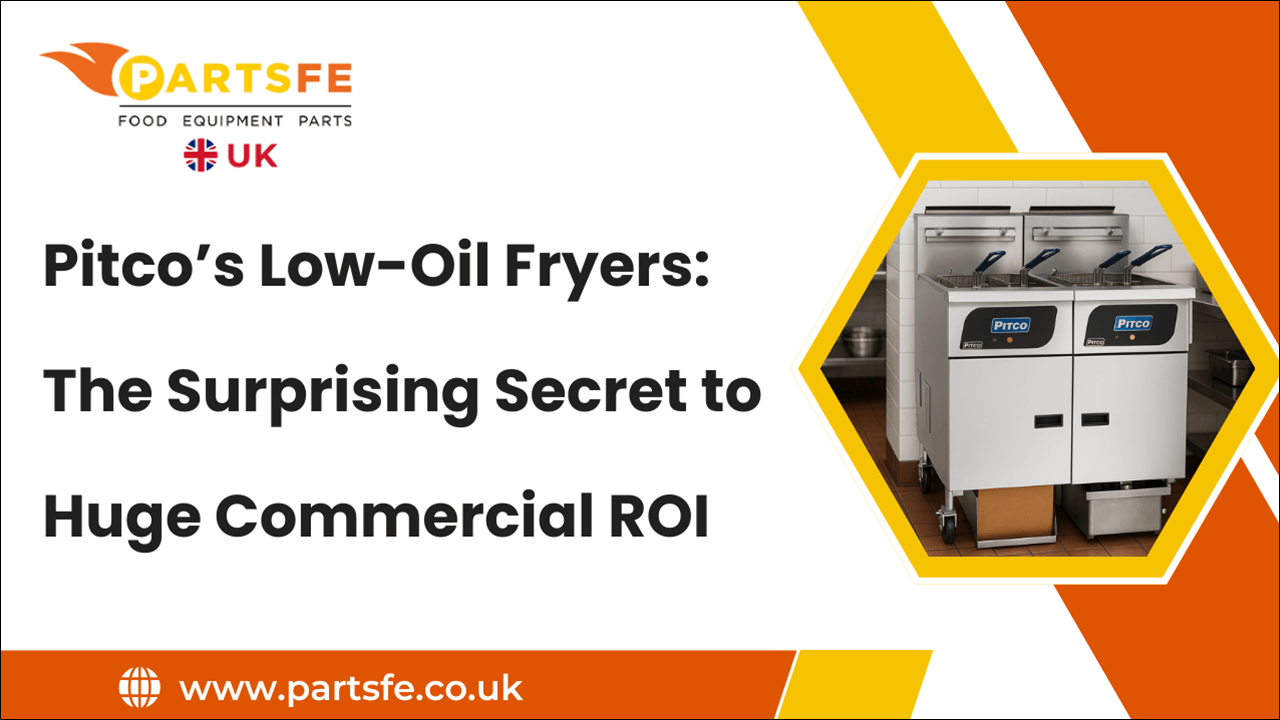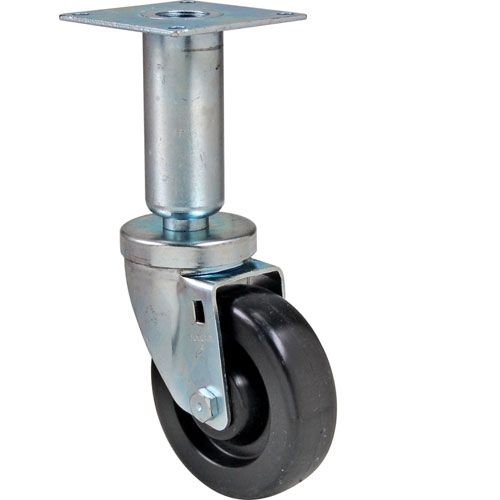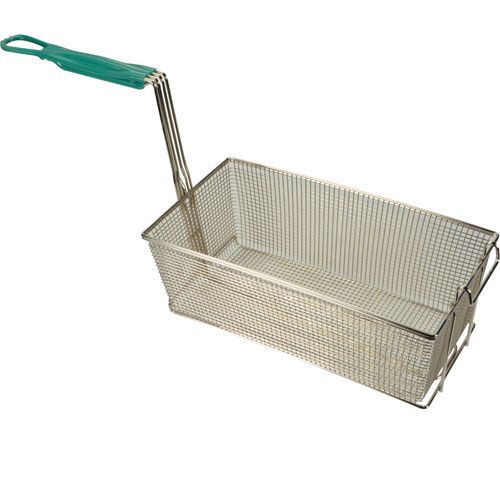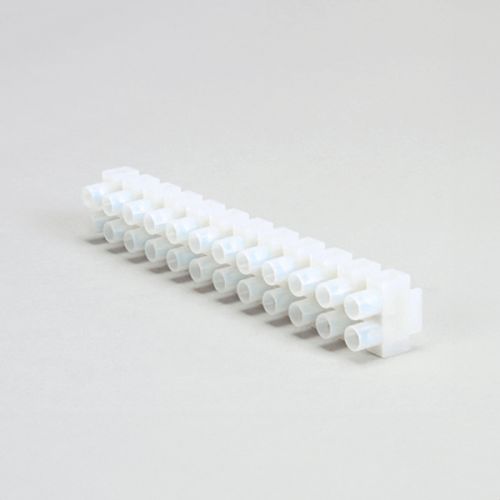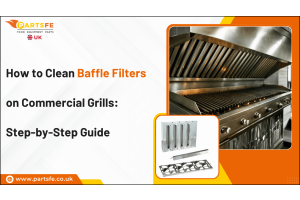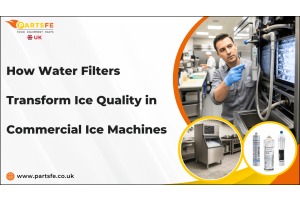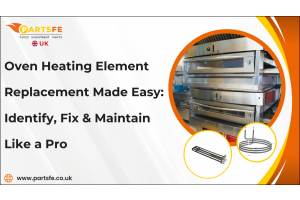Pitco’s Low-Oil Fryers: The Surprising Secret to Huge Commercial ROI
Commercial kitchens today face relentless pressure from rising operational costs, fuel, labor, maintenance, and ingredients are all climbing. In this environment, operators must seek innovative ways to maintain margins without sacrificing quality or throughput. Enter Pitco’s low-oil fryers, a breakthrough technology designed to revolutionize how deep frying is done, slashing oil usage, cutting energy bills, and extending equipment life.
By reducing the amount of oil required per cooking cycle, these fryers unlock immediate cost savings. In this article, we’ll explore how Pitco’s low-oil fryers work, the features that maximize efficiency, environmental advantages, best-fit use cases, long-term cost analyses, model selection tips, and ultimately why investing in Pitco makes sense for any forward-looking foodservice operation.
What Are Low-Oil Fryers?
Traditional deep fryers typically require 30–40 pounds of oil or more in their vats to maintain safe cooking depth and temperature stability. Low-oil fryers, by contrast, are engineered to operate efficiently with as little as 10–15 pounds of frying oil.
-
Reduced vat capacity precisely matched to the heating element.
-
Optimized oil circulation channels that distribute heat more thoroughly.
-
Enhanced insulation to minimize heat loss.
Pitco’s Advanced Fryer Technology
Pitco, a pioneer in commercial frying equipment for over 70 years, has refined low-oil systems with its proprietary innovations:
-
Direct-energy heating: Patented burner designs deliver heat directly into the oil, reducing idle-to-cooking time and ensuring uniform temperature.
-
Re-circulation pumps: Integrated pumps continuously move oil, preventing hot spots and extending oil life by evenly dispersing contaminants toward filtration.
-
Compact Vat geometry: The vat’s shape and baffle placement maximize thermal transfer, allowing for a smaller oil volume without compromising cooking performance.
-
Modular construction: Fryers like the VF35 and Solstice series share common components, simplifying maintenance and reducing parts inventory costs.
How Pitco’s Low-Oil Fryers Drive ROI
Commercial ROI stems from multiple synergistic savings. Below are the primary drivers:
-
Immediate cost cuts: Using only 10–15 pounds of oil vs. 30–40 pounds translates to 50–65% less oil purchased per fill.
-
Smart filtering: Automated Filtration triggers based on oil quality sensors, removing debris and prolonging oil usability by 30–50%.
-
Labor savings: Filtration cycles are hands-free, freeing staff for prep and service tasks.
-
Rapid reheat: Proprietary burner design re-establishes cooking temperature in 2–3 minutes vs. 5–7 minutes on conventional fryers.
-
Higher output: More batches per hour, meeting peak-period rushes without adding equipment.
-
Efficient burners: Direct-energy transfer reduces gas consumption by up to 20%.
-
Insulation & standby modes: Pitco’s standby feature lowers operating heat loss during downtime, saving an additional 10–15% on energy bills.
|
Metric |
Traditional Fryer |
Pitco Low-Oil Fryer |
Savings |
|
Oil volume per fill (lbs) |
35 |
12 |
66% |
|
Annual oil spend |
$25,000 |
$10,000 |
$15,000 |
|
Energy consumption (Therms/hr) |
1 |
0.8 |
20% |
Smart Features That Boost Efficiency
Pitco’s low-oil fryers integrate advanced controls and sensors designed to optimize performance with minimal intervention.
-
Real-time monitoring: Infrared sensors gauge oil breakdown (free fatty acids), triggering filters or alerts when thresholds are reached.
-
Consistent food quality: Maintains ideal frying chemistry, preventing off-flavors and extending menu flexibility.
-
Self-cleaning cycles: Pre-programmed filtration can run overnight, ensuring fresh oil in the morning.
-
Minimal supervision: Operators simply schedule and walk away—no manual draining or straining required.
-
Graphical menus: Step-by-step prompts guide staff through cleaning, filtration, and cooking modes.
-
Preset programming: Save recipes for different products like fries, chicken, and fish to ensure consistent results across shifts and locations.
-
PID governors: Precise temperature regulation within ±1°F ensures even browning and reduces rejects.
-
Fast feedback loop: Temperature sensors at multiple vat points detect fluctuations and adjust burner output instantly.
Commercial Deep Fryer Filters 101: When and How to Replace Them
Environmental and Sustainability Benefits
In addition to the bottom-line advantages, Pitco’s low-oil fryers support long-term sustainability goals.
-
Lower oil waste generation: Reduced volume means less total oil that must be removed and recycled. Fewer filter cycles and lower overall disposal frequency.
-
Reduced carbon footprint: 20–35% lower gas consumption translates directly into fewer greenhouse gas emissions. Automated “idle” settings drop burner output by up to 50% when not in active cooking.
-
Support for ESG initiatives: Trackable data from touchscreen logs helps demonstrate progress toward waste-reduction targets. Aligns with LEED and ENERGY STAR criteria for energy-efficient kitchen equipment.
How to Reset Your Pitco Fryer High Limit Switch in Minutes
Best Use Cases for Pitco Low-Oil Fryers
Identifying where these fryers shine ensures operators maximize ROI and operational impact.
-
High-volume quick-service restaurants (QSRs): Peak-period throughput demands quick recovery and consistent product quality.
-
Casual dining chains: Consistency across multiple locations—preset recipes and touchscreens make staff turnover less daunting.
-
Ghost kitchens & food trucks: Space constraints and limited storage favor compact, low-oil systems. Reduced utility draws are critical in mobile or rent-by-the-hour facilities.
-
Corporate and institutional kitchens: Schools, hospitals, and cafeterias benefit from hands-free filtration and logged maintenance schedules. Budget-driven environments appreciate predictable cost savings.
Choosing the Right Pitco Model
Selecting the ideal fryer depends on volume, menu variety, space, and budget.
-
Volume requirements: Match throughput to peak demands (e.g., >60 lbs/hr for busy QSRs).
-
Space constraints: Footprint and clearances impact back-of-house layouts.
-
Menu variety: Multiple fry baskets or dual vats enable simultaneous product runs.
-
Budget & payback: Factor in total cost of ownership, not just sticker price.
Pitco’s low-oil fryers represent a paradigm shift for commercial frying, delivering dramatic oil and energy savings, faster throughput, and simplified maintenance. Whether you run a high-volume quick-service brand, an emerging ghost kitchen, or an institutional mess hall, these fryers help you secure margins, support sustainability goals, and future-proof your operation. Explore Pitco’s lineup today and unlock the next level of profitability and performance in your kitchen. PartsFe UK offers a range of commercial fryer spare parts, including fryer baskets, deep fryer filters, fryer thermocouples, and pot caster wheels. Get the required ones for your commercial kitchen needs
FAQs
Can Pitco’s low-oil fryers be integrated with existing kitchen automation systems?
Yes, many Pitco models support smart integration and remote monitoring features that align with modern kitchen automation and IoT platforms.
How often should oil still be filtered or replaced in a low-oil fryer?
While low-oil fryers reduce oil volume, regular filtration is still recommended daily, and oil replacement depends on cooking volume but is significantly less frequent than traditional models.

